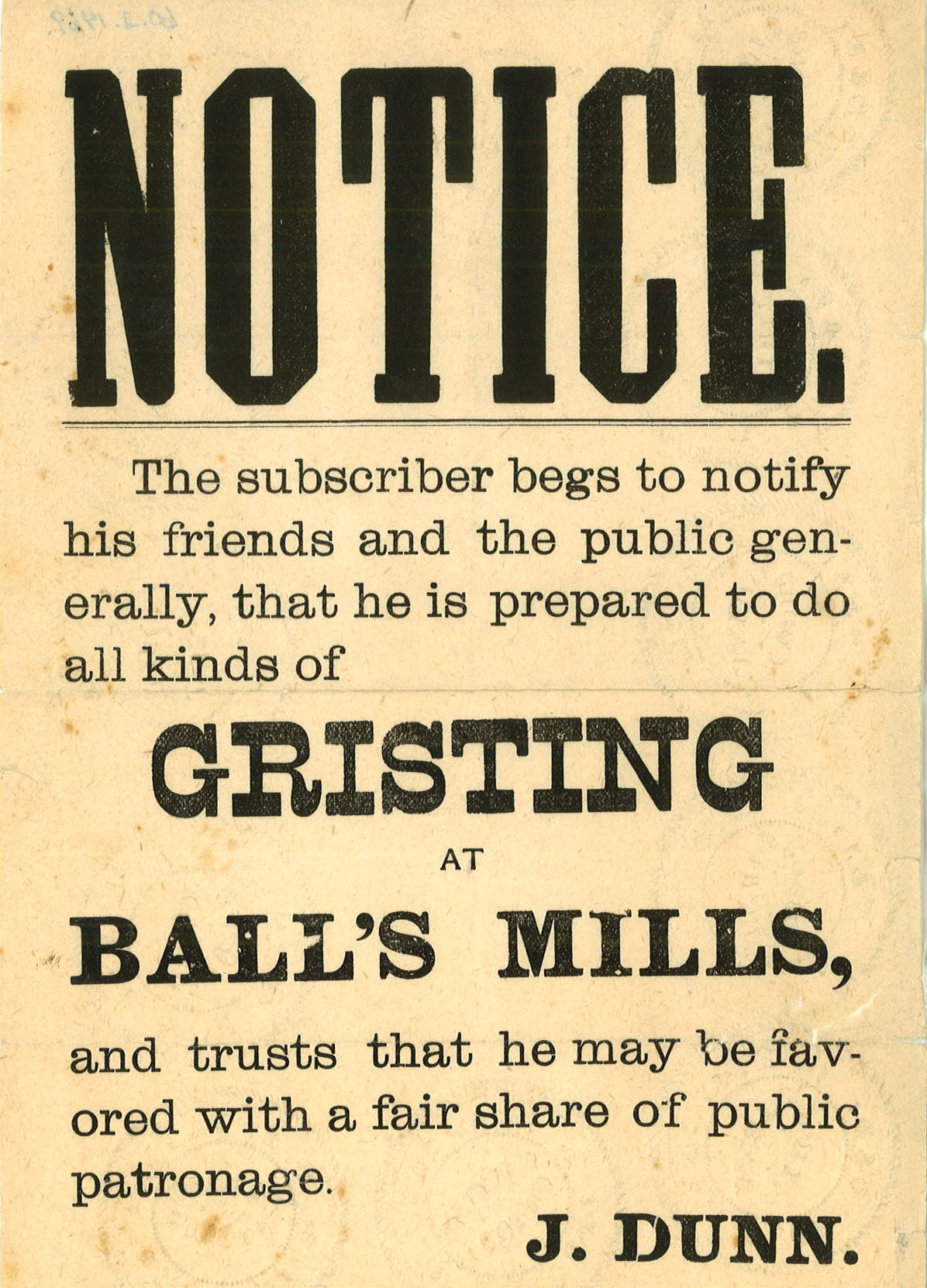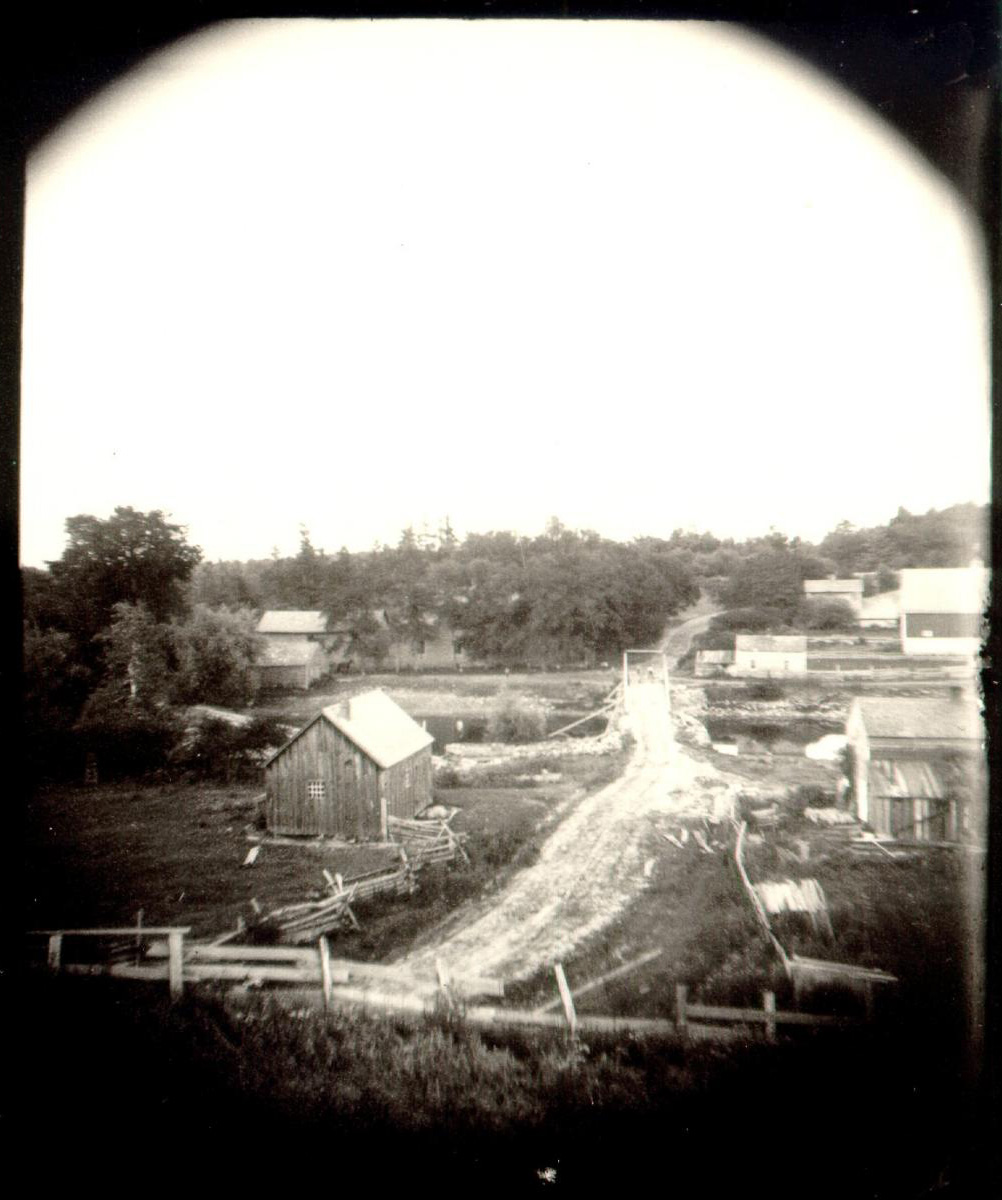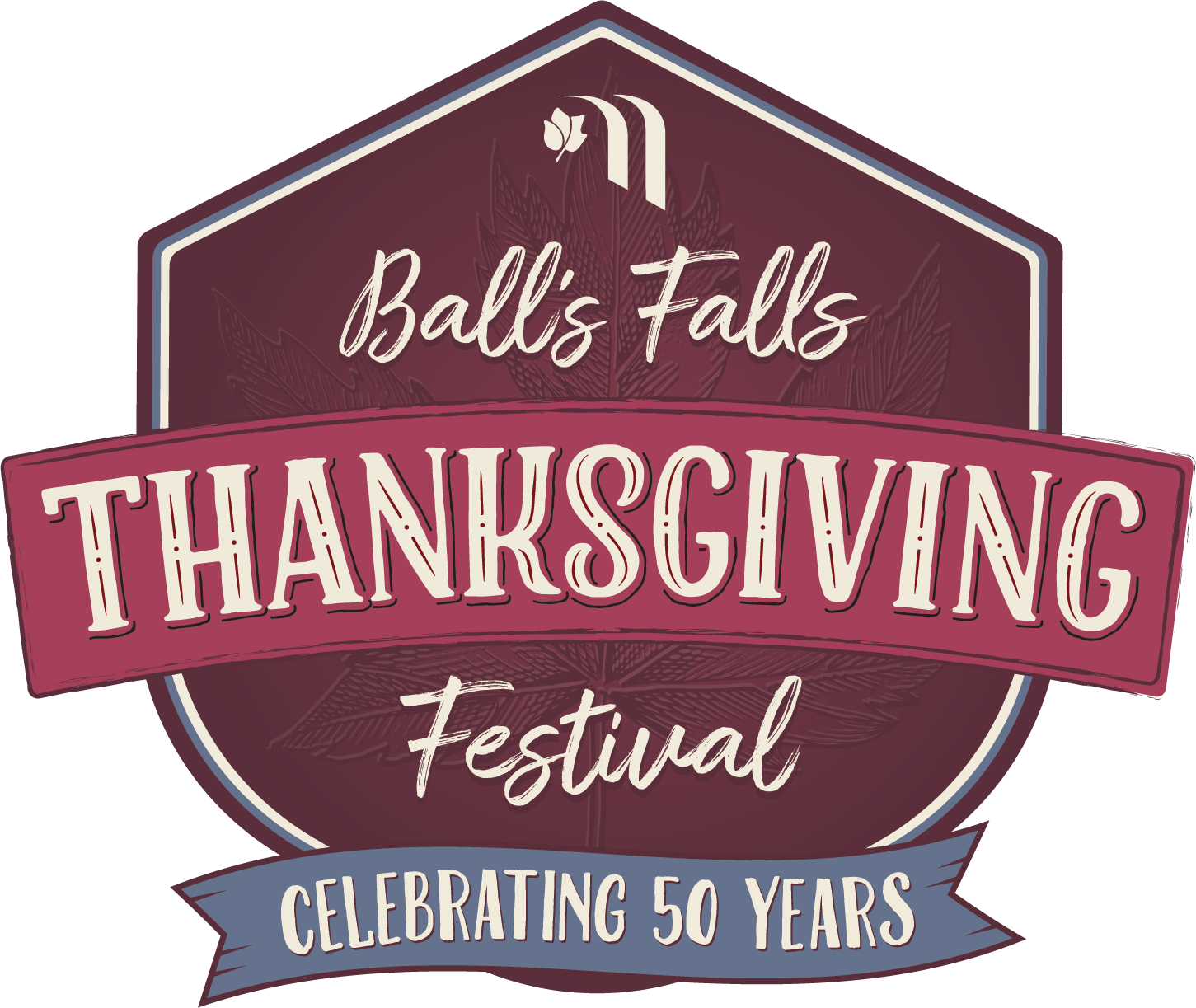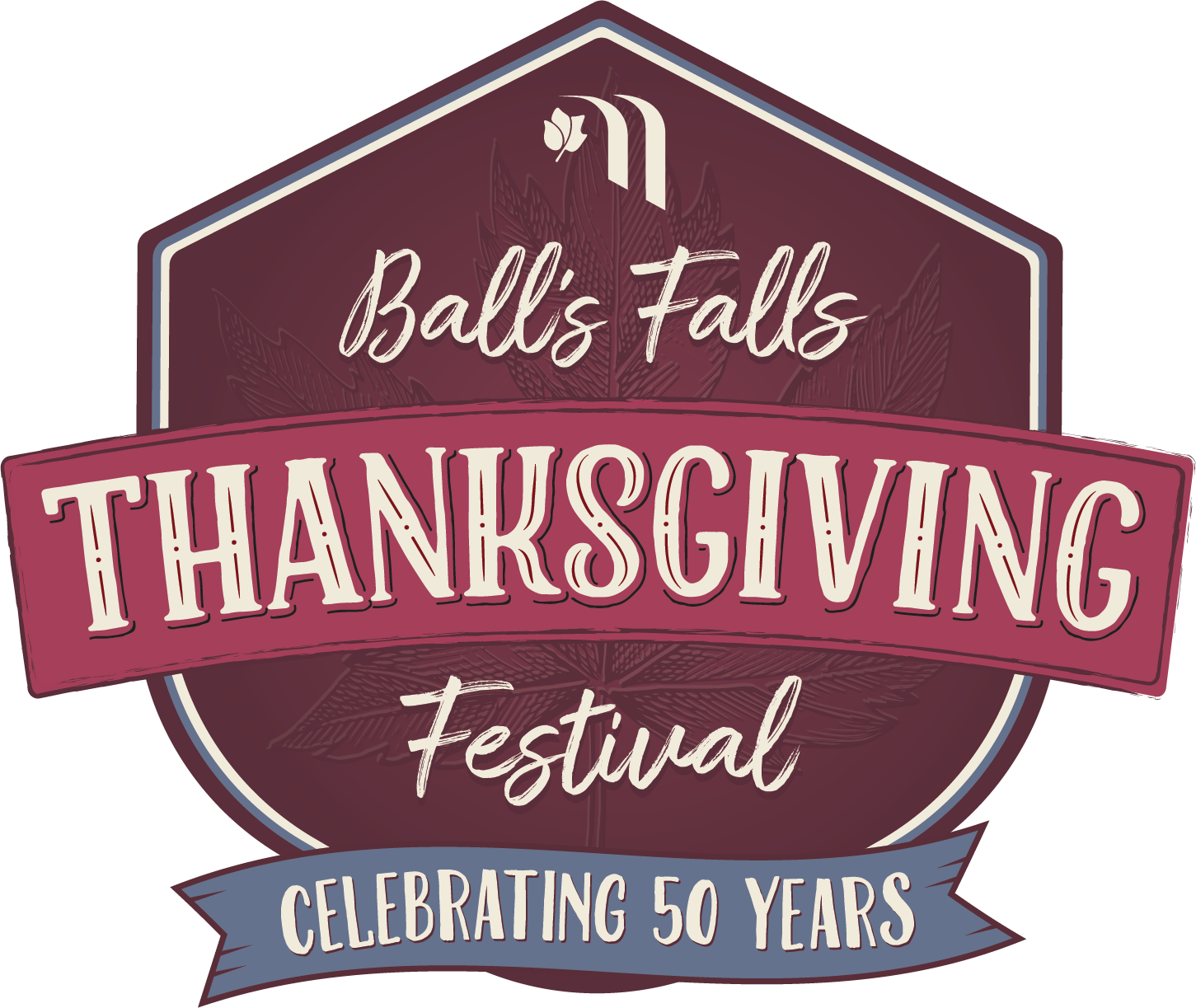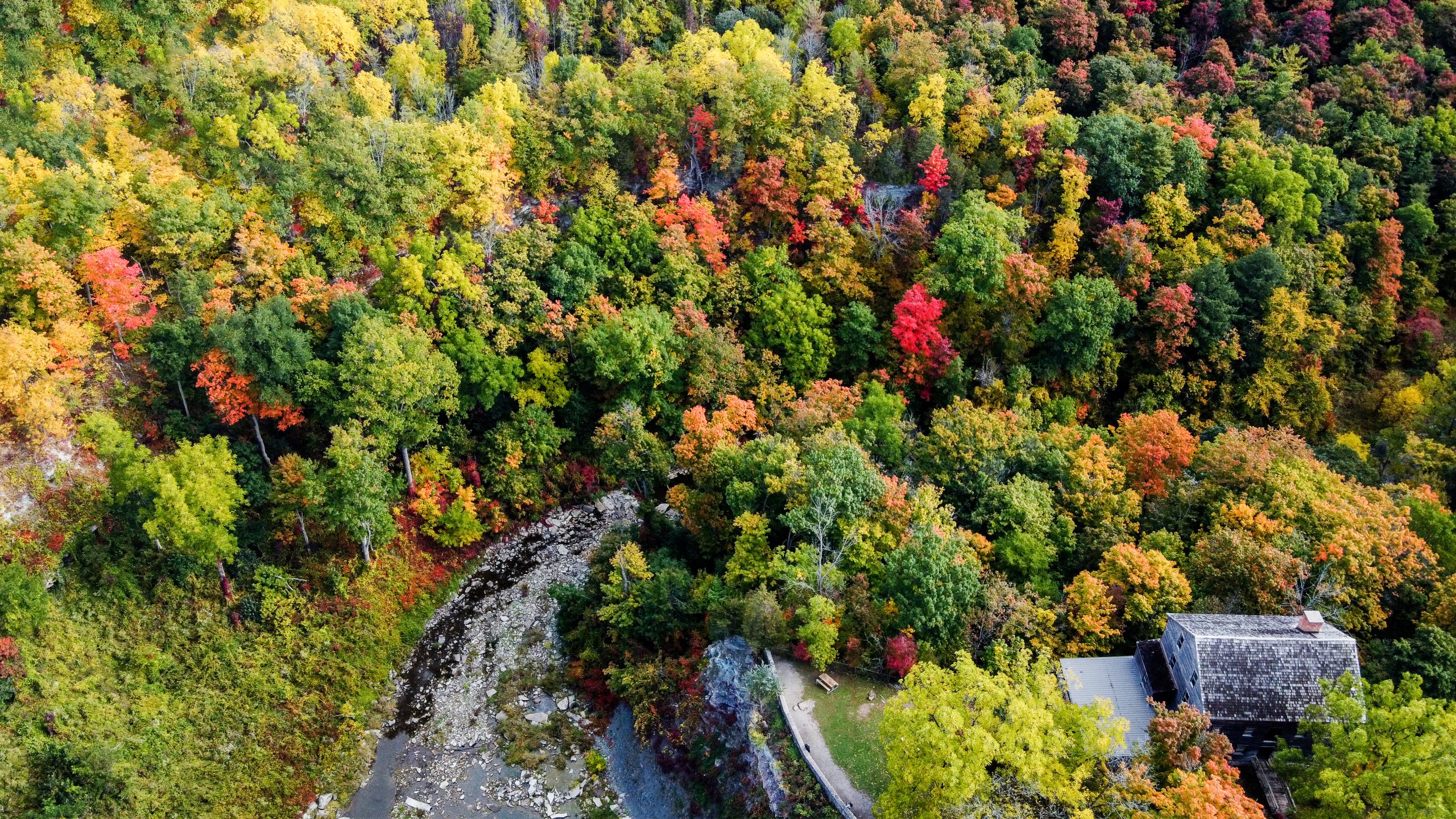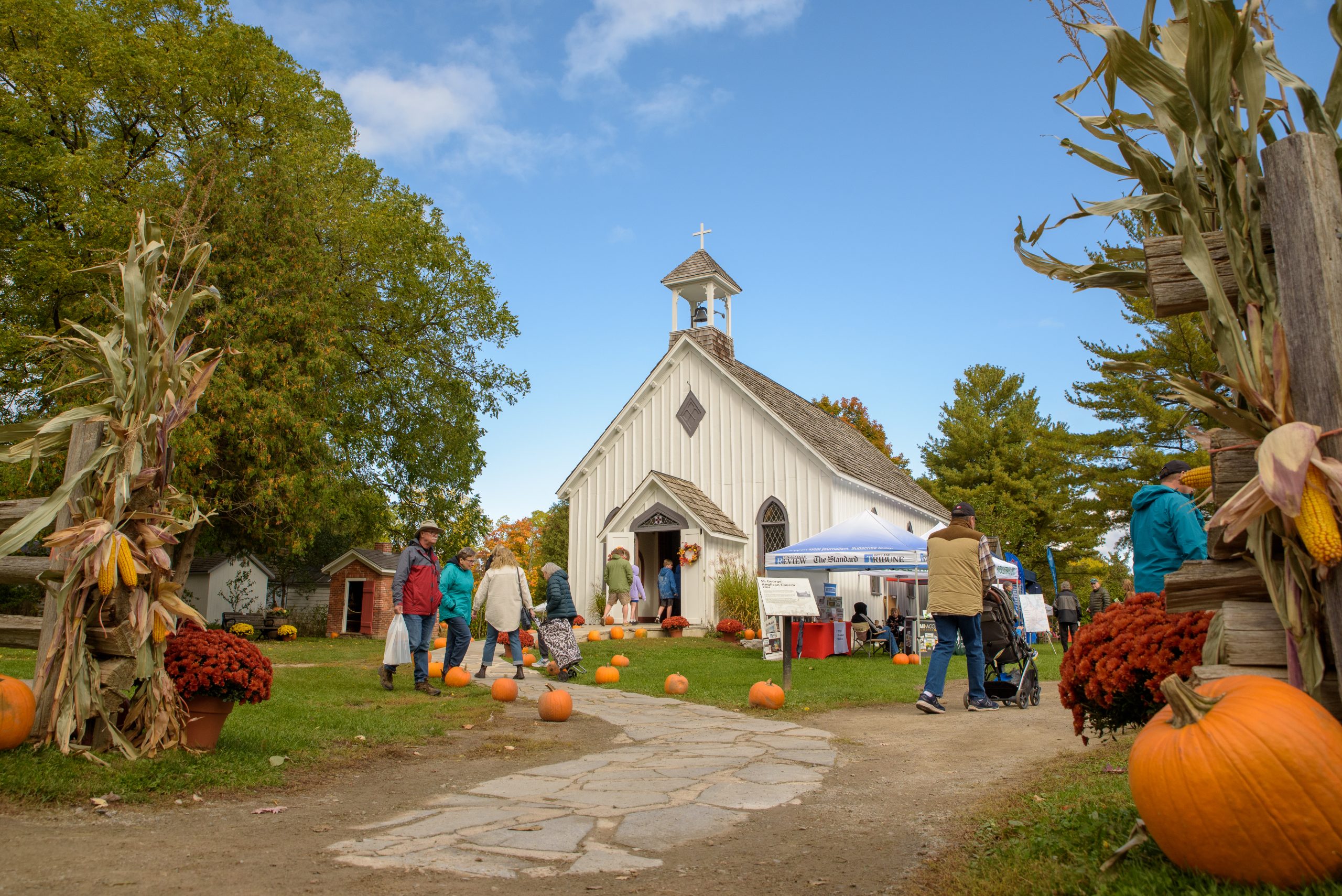



Rich History and Heritage
Ball’s Falls Conservation Area has been lovingly maintained to its early-to-mid 19th century industrial hamlet atmosphere featuring the original Ball family home, an operating flour mill, a lime kiln, a church, black smith shop, carriage shed, and more.
Ball’s Falls began in 1809 when the Ball brothers built a wooden gristmill on Twenty Mile Creek in the heart of the Niagara Peninsula. Known as Glen Elgin, it had by the 1840s grown into one of the area’s busiest industrial towns. The flourishing village boasted a barrel maker, a blacksmith and two lime kilns, as well as a store and several houses. Of the old buildings, only the gristmill, a lime kiln and the Ball homestead have survived. Other historic buildings from the surrounding region, including a pioneer log cabin and a picturesque wooden church, have been relocated to Ball’s Falls park.
A trail from the parking lot follows the former village road along the west side of the river to the ruins of the woollen mill. Here, the upper falls plunges over the rugged limestone lip of the Niagara Escarpment. On the hill behind the ruin, another path leads to the site of the boarding house, where only a rusting water pump survives to mark the location.
Join us and travel back in time during Thanksgiving weekend at our Historical Village, which features:
- Black Smith Shop Tours and Demonstration
- Grist Mill Tours
- Niagara Handweavers and Spinners Demonstrations
- Ball Family Home & Cabin Tours
- Ball’s Falls Historical Church Tours

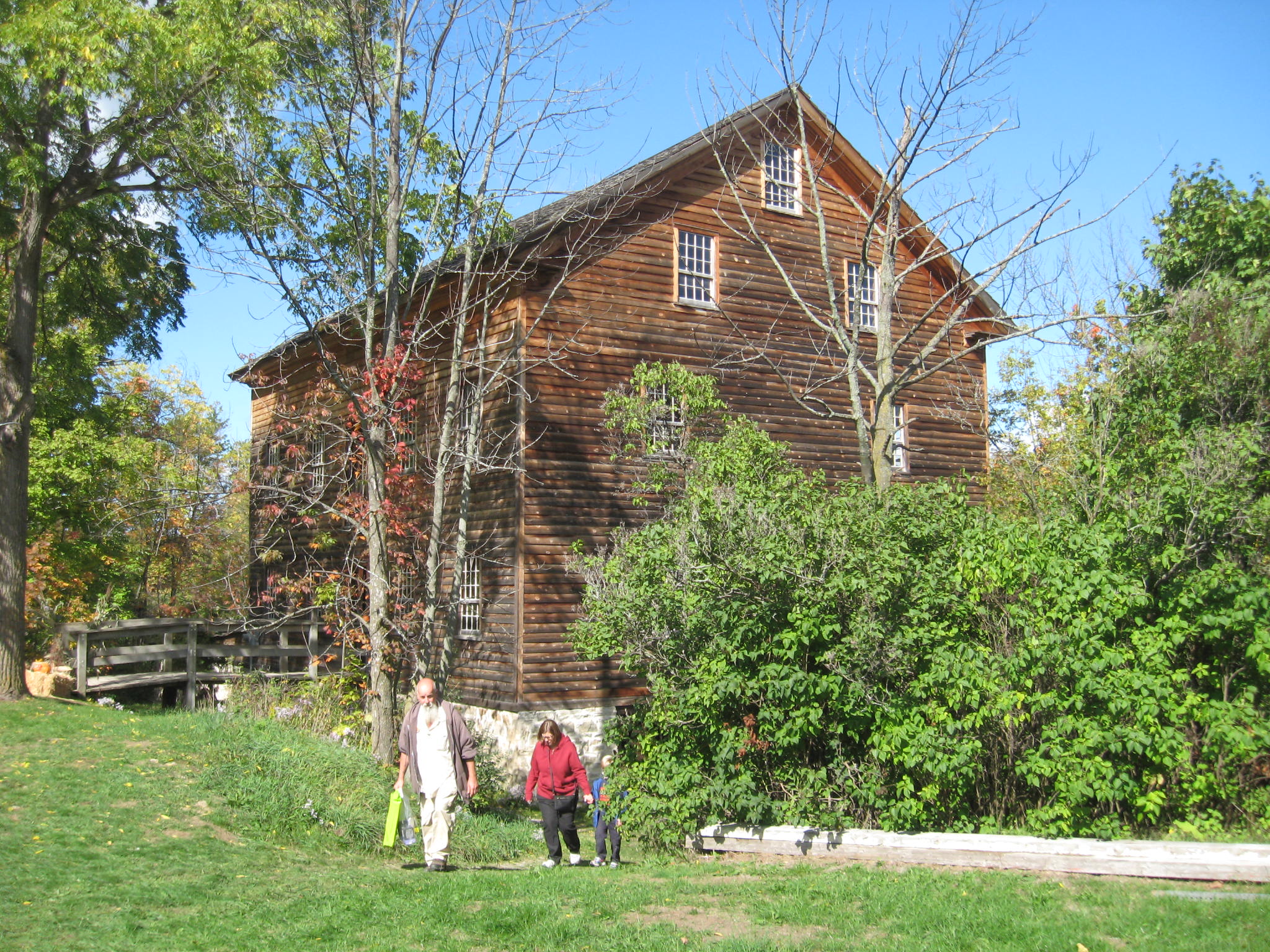
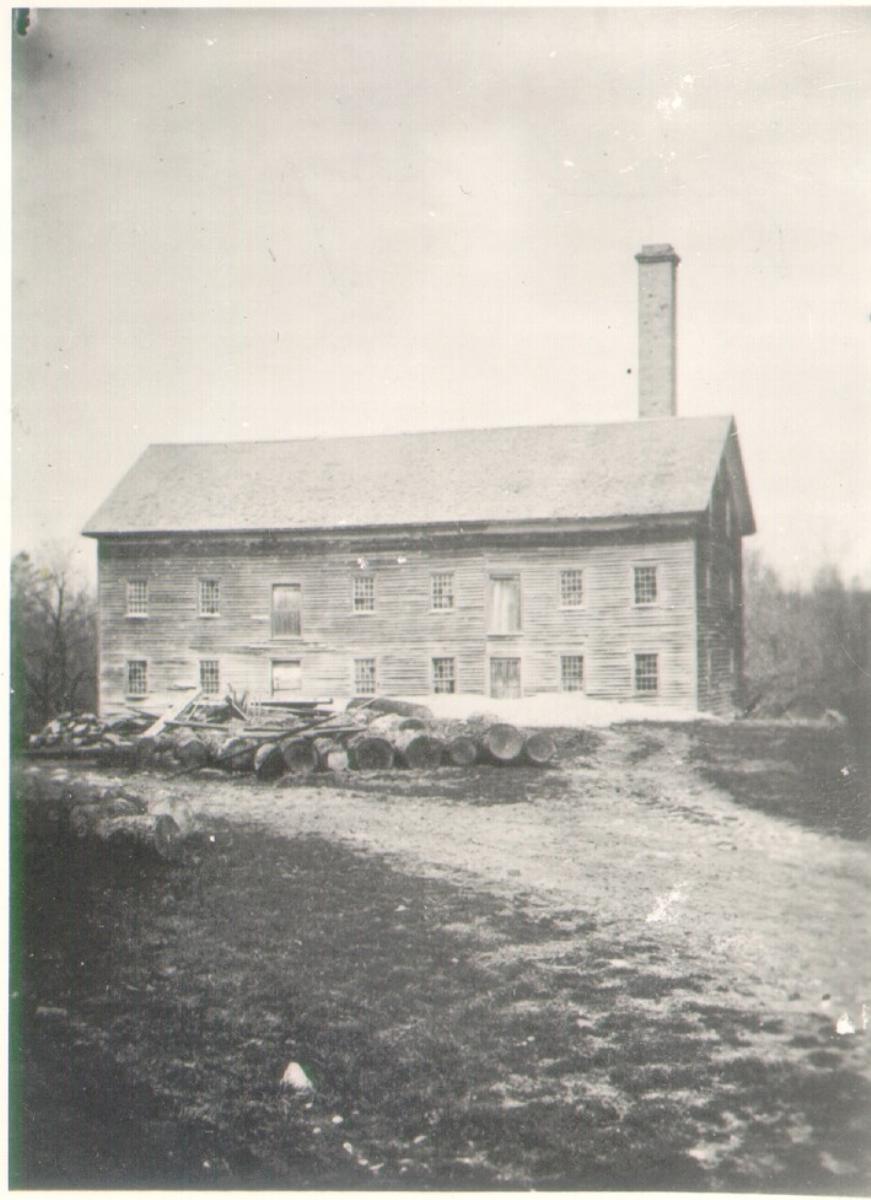
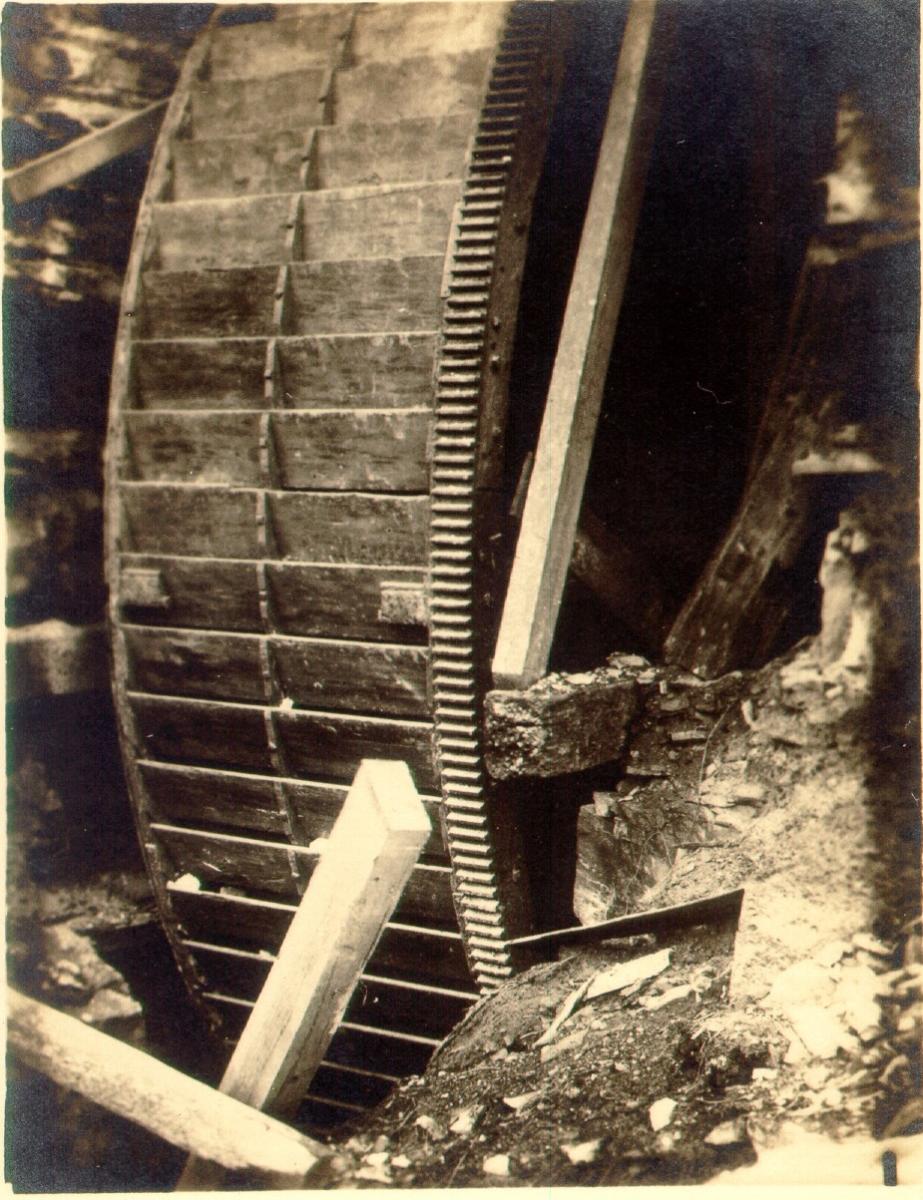
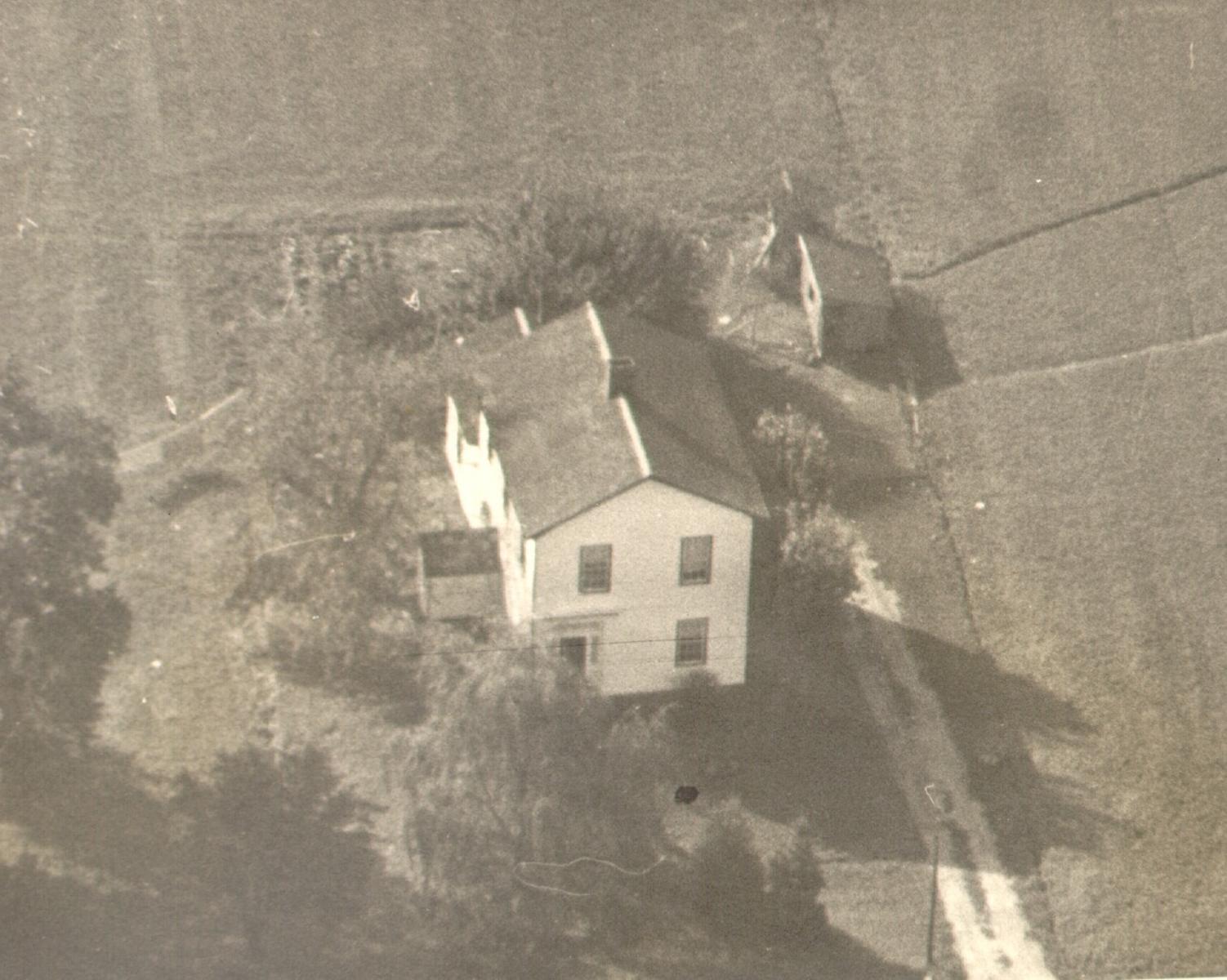
The Village of Glen Elgin
The village of Glen Elgin was a thriving industrial mill town in the mid-1800s. Originally settled by brothers George and John Ball in 1807, the community grew with the establishment of grist, woollen, and saw mills. Mill workers, tradesmen, and their families settled in houses built in the village by George Ball’s son, George P.M. Ball.
In 1849, George P.M. Ball had a portion of his property surveyed to divide into a proper village, to allow workers to own homes and property. This plan was never fulfilled, and the village of Glen Elgin began to decline by 1858. Today, seven original buildings remain.
